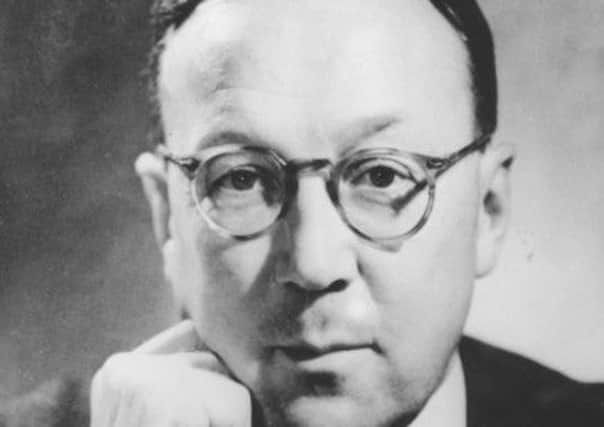On this day 1935: Radar given first demonstration


Sir Robert Watson-Watt was a key figure in the history of radar. Although the concept of radar had been around since the 19th century, it wasn’t until the early part of the following century that the technology was put to widespread practical use. (German inventor Christian Hulsmeyer patented a system in 1904 that allowed ships to detect other vessels in the fog.)
In the mid-1930s, the British government was concerned by reports of a “death ray” in Nazi Germany that could target British planes. Concluding that the construction of such a device was not possible, Sir Robert – who was initially tasked with investigating whether building an equivalent device was possible – suggested an alternative.
Advertisement
Hide AdThe British Air Ministry asked Sir Robert for a demonstration of the more mundane idea of radio waves that could detect aircraft. This took place near Daventry in Northamptonshire, where, exactly 80 years ago today, a radio wave from a BBC short-wave transmitter was bounced off a Heyford bomber, proving that the technology worked.
The innovation of Sir Robert and his team was widely credited with Nazi Germany’s defeat in the Battle of Britain. Until recently, a small plaque in Daventry stood as the only acknowledgement of this achievement. However, a bronze statue of Sir Robert was erected in his hometown Brechin last year after a successful campaign.
SEE ALSO
FOLLOW US
SCOTSMAN TABLET AND MOBILE APPS